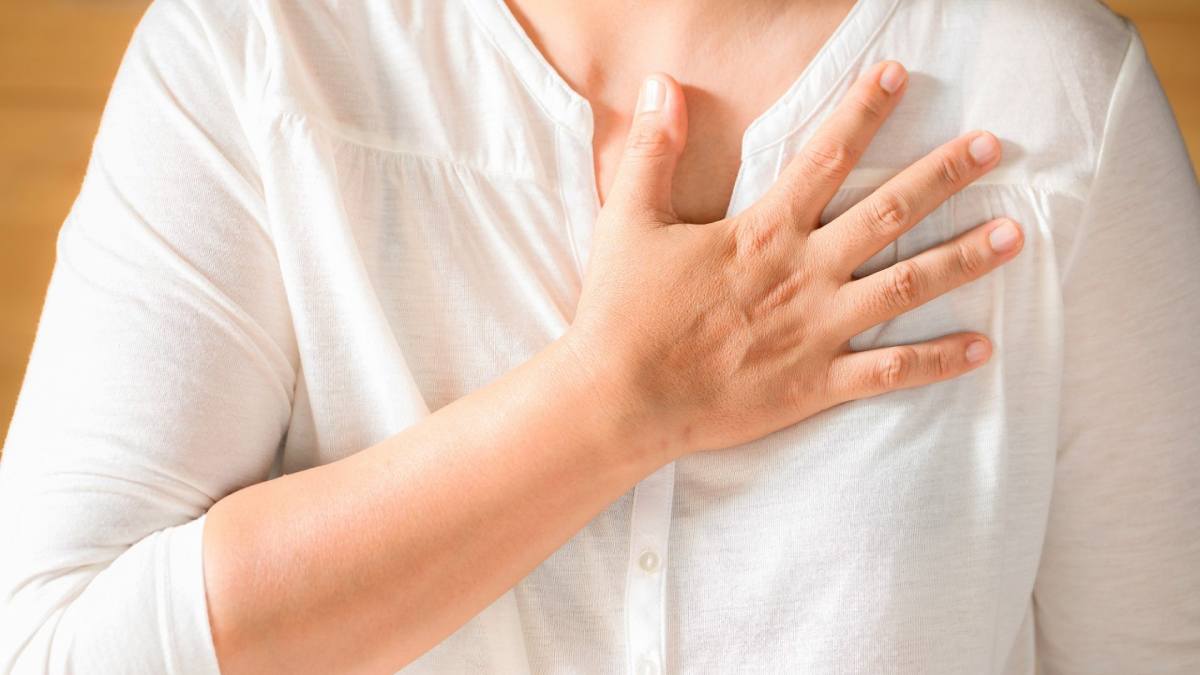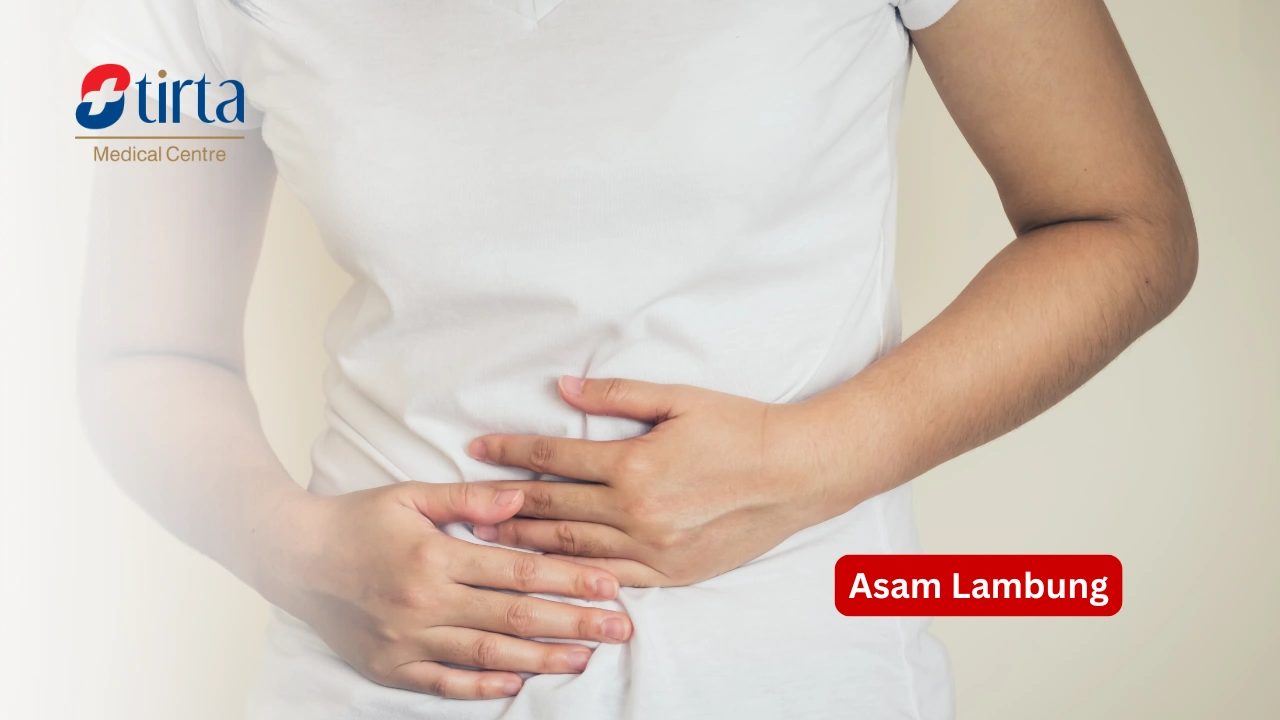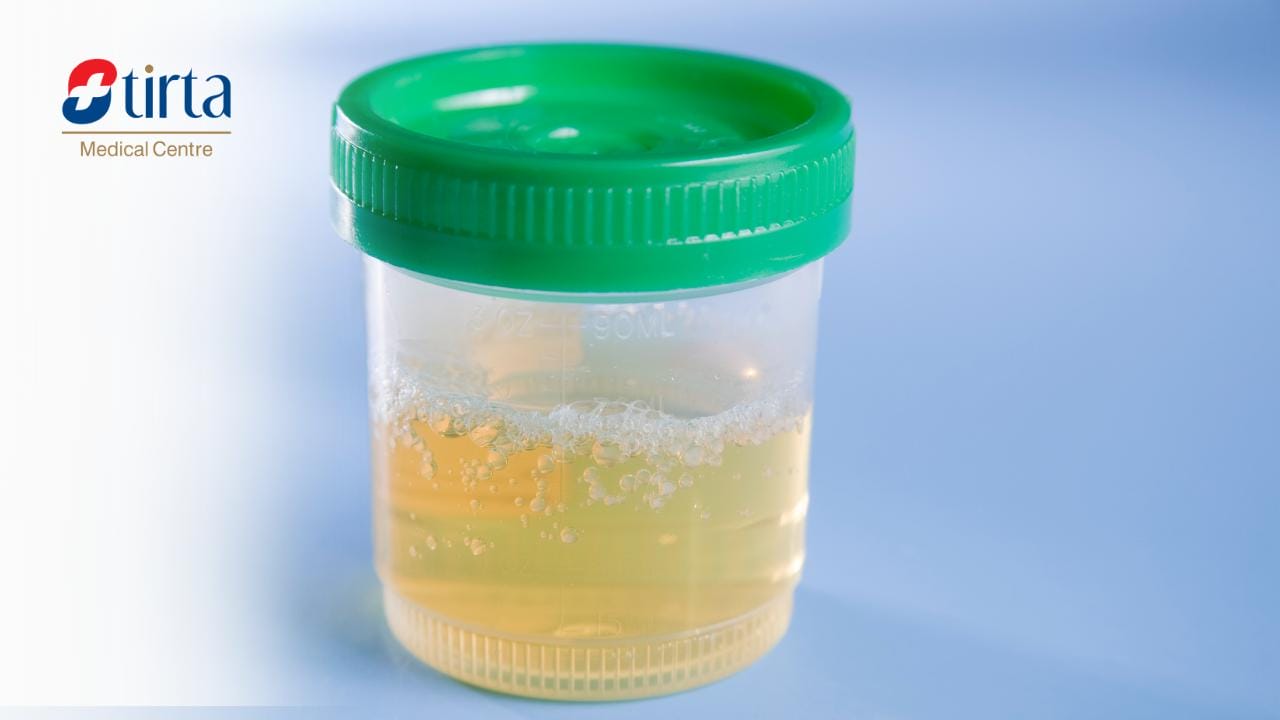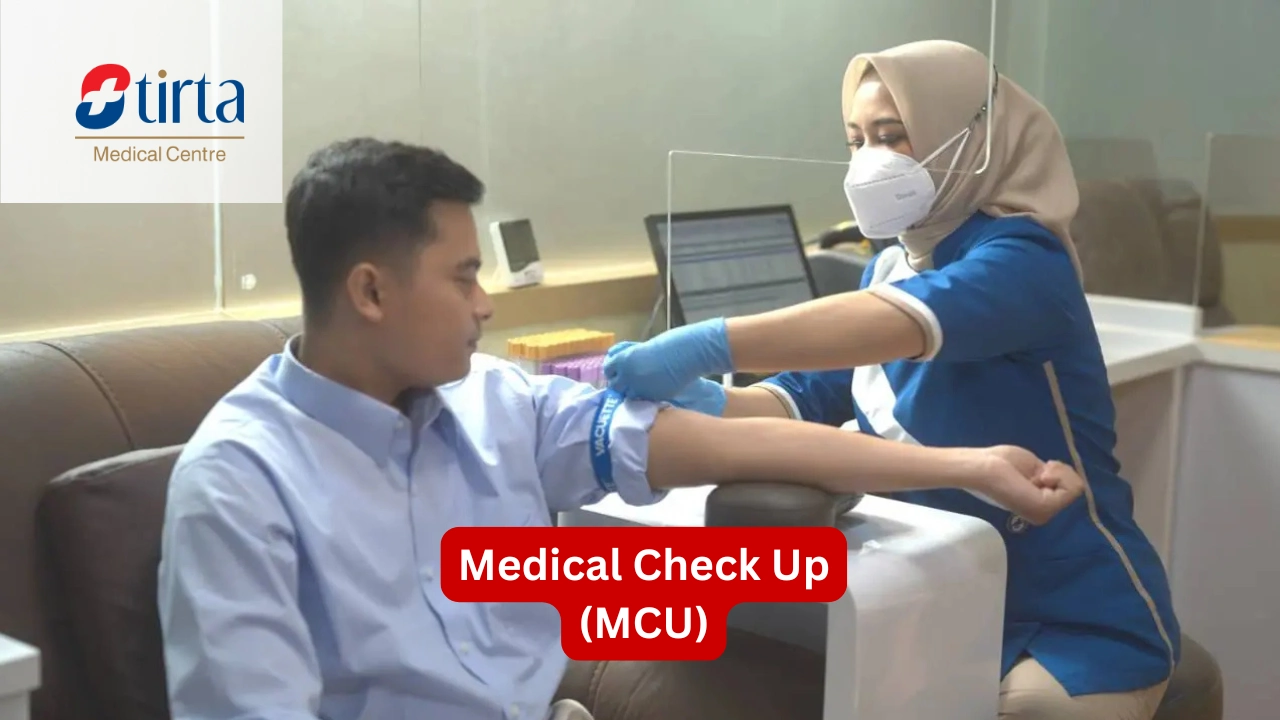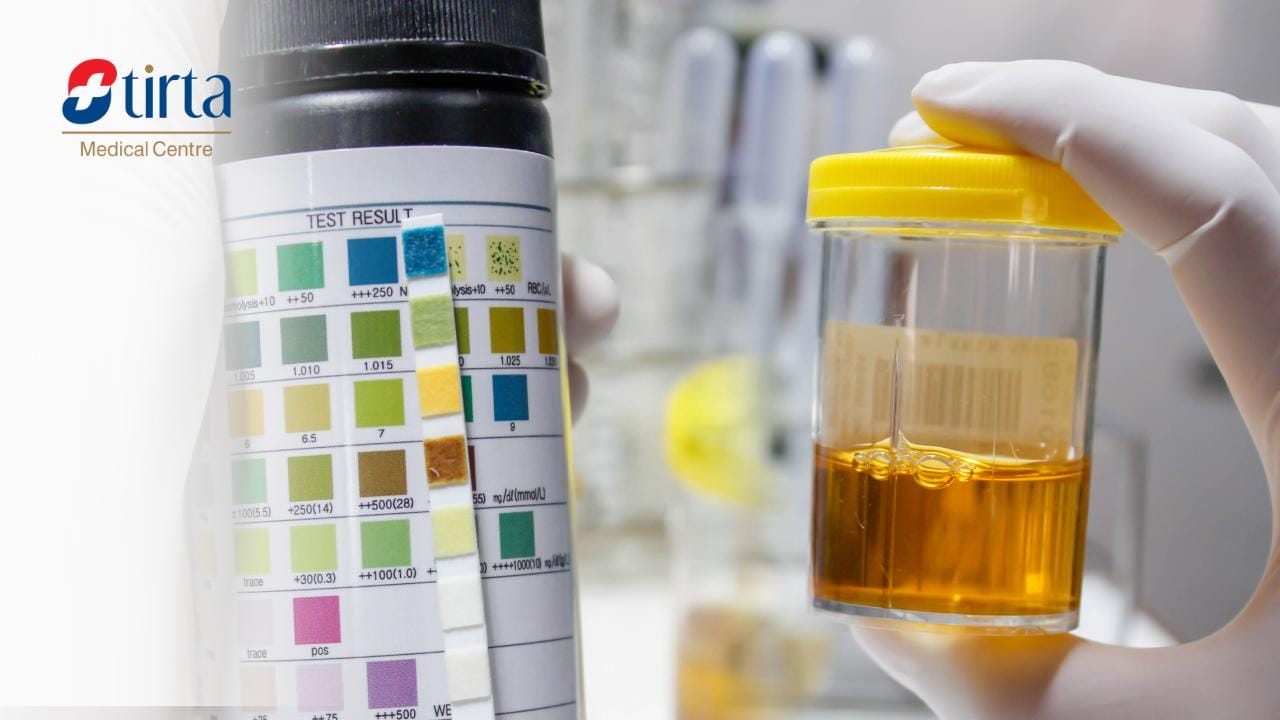A breast lump is indeed one of the signs commonly associated with breast cancer. However, not all lumps indicate cancer. There are many other conditions that can cause lumps in women’s breasts.
Recognizing Breast Lumps as a Sign of Breast Cancer
Breast cancer is a disease caused by abnormal cells in breast tissue. One of the early signs of this disease is the appearance of a lump due to thickening in the breast organ.
Not all lumps are cancerous, but it’s important for women to pay attention to this symptom and have regular check-ups.
Here are the common signs of a breast cancer lump:
- Changes in the size and shape of the breast.
- The lump is hard, dense, and irregularly shaped or lumpy.
- Difficult to move or as if tightly bound to the surrounding tissue.
- The skin covering the lump appears reddened.
- The surface of the breast skin looks like orange peel, with small, wrinkled holes.
- The lump appears accompanied by a wound on the overlying skin.
- The lump is usually located at the upper part of the breast near the armpit.
- Discharge from the nipple, even when not breastfeeding. The fluid generally contains blood, so it is reddish in color.
Various Causes of Breast Lumps Besides Cancer
Besides cancer, there are several other conditions that can cause breast lumps, including:
1. Benign Tumors
One common type of benign tumor is fibroadenoma. Lumps caused by this tumor are solid, round, firm, yet not painful. This tumor occurs due to excessive formation of milk glands in the body.
Women who have entered menopause are at a higher risk of experiencing this condition. In some cases, fibroadenomas that do not resolve on their own can be treated surgically.
2. Cysts
Lumps around the breasts can also be caused by cysts, which are fluid-filled lumps in one or both breasts. The number, size, and shape of cysts can vary between individuals. The density and firmness of the lumps can also change according to the menstrual cycle.
Mild cysts generally do not require special surgical action. Cysts can be managed by removing some cells from the lump using a fine aspiration needle. The lump will deflate after the fluid inside is removed.
3. Fat
An injury, especially to the chest area, can cause a lump around the breast. This condition is due to the accumulation of fat forming a solid, firm round lump, but it is not painful.
If you notice a lump in your breast after an injury, it’s important to act quickly and get a medical examination. This will help prevent any potential complications. This type of injury requires special handling.
4. Hormonal Changes
Hormonal changes that occur in women during the menstrual cycle can cause fibrocystic changes. This generally happens in women aged 25-50 years with symptoms such as the appearance of lumps in one or both breasts.
Typically, the lumps caused by this condition will become larger and harder as menstruation approaches.
Detect Your Breast Lumps Now!
To detect breast problems early, women are advised to perform self-examinations regularly. By conducting routine examinations through observation and palpation, you can easily identify if there is anything abnormal with the breasts, including the appearance of lumps.
You can also consult online with the medical team at Tirta Medical Centre. You can discuss with experienced doctors in this matter and get several important explanations and necessary actions.
Tirta Medical Centre is available online in the form of Telemedicine services. Telemedicine is a technology that allows patients to discuss with doctors privately without having to meet face to face.
Advantages of Tirta Medical Centre:
- Supported by competent professional medical personnel.
- Easy and fast access.
- Comprehensive and accurate services. Contact Tirta Medical Centre for more detailed information. You can also purchase medicine online without having to leave home.
FAQ
No, not every lump in the breast is a sign of breast cancer. There are many other conditions that can cause lumps, such as benign tumors, cysts, hormonal abnormalities, infections, or impacts from injuries.
If you find a lump in the breast, it is important not to panic. Immediately consult a doctor to get an accurate diagnosis.
The doctor will conduct a physical examination and may recommend additional tests such as mammography, ultrasonography, or biopsy to determine the cause of the lump.
Not every lump in the breast needs to be removed. After conducting an examination and obtaining an accurate diagnosis, the doctor will determine the next steps according to the condition and characteristics of the lump.
Reference:
- Rodríguez-Ruiz, et al. (2019). Detection of Breast Cancer with Mammography: Effect of an Artificial Intelligence Support System. Radiology, 290(2), pp. 305—314.
- Mayo Clinic (2022). Suspicious Breast Lumps.


